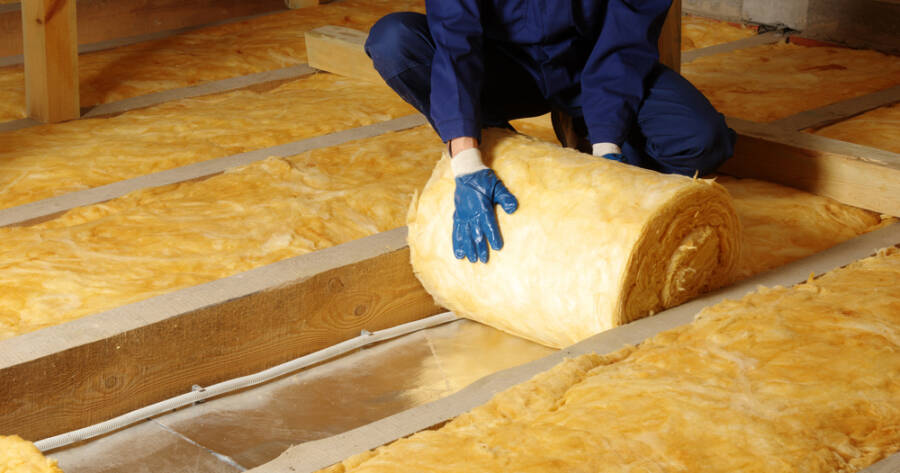Loft insulation is one of the most effective ways to improve your home’s energy efficiency, reduce your carbon footprint, and lower your heating bills. With energy costs on the rise, homeowners in Great Britain are increasingly turning to insulation as a cost-effective solution. Insulating your loft can prevent up to 25% of your home’s heat from escaping through the roof, making it a worthwhile investment. Explore the costs, methods, and financial assistance available for loft insulation in Great Britain.
The Costs of Loft Insulation
The cost of loft insulation can vary depending on several factors, including the size of your loft, the type of insulation used, and whether you choose professional installation or a DIY approach.
- Professional Installation: For most homes, the cost of professionally installed loft insulation ranges from £500 to £1,200. Larger homes or those with complex loft spaces may cost more.
- DIY Installation: For those who prefer a more budget-friendly option, purchasing insulation materials and installing it yourself can cost between £150 and £400. However, this approach requires time, effort, and some basic skills.
While the upfront cost may seem significant, loft insulation typically pays for itself within a few years through energy savings. Homeowners can save on heating bills, depending on the size and energy efficiency of their home.
Methods of Loft Insulation
There are several methods for insulating your loft, each with its own advantages and suitability for different types of homes.
- Blanket (Roll) Insulation: This is the most common and cost-effective method. Made from materials like mineral wool, glass fibre, or sheep’s wool, it’s easy to install and suitable for most lofts with easy access.
- Loose-Fill Insulation: This method involves spreading loose insulating material such as cellulose fibre, mineral wool, or recycled paper across the loft floor. It’s ideal for filling gaps or topping up existing insulation but may require a professional to ensure even coverage.
- Board Insulation: For lofts that are used as storage or living spaces, rigid insulation boards are an excellent option. These boards are installed between and over the joists, providing a solid surface while maintaining insulation.
- Spray Foam Insulation: This method involves spraying a liquid foam that expands and hardens, providing excellent thermal insulation. It’s particularly useful for hard-to-reach areas but tends to be more expensive.
Financial Assistance and Grants
To help homeowners improve the energy efficiency of their homes, the UK government and local councils offer financial assistance and grants for loft insulation. Some of the key programs include:
- Energy Company Obligation (ECO): Under this scheme, energy suppliers are required to help low-income households improve their energy efficiency. If you qualify, you may be eligible for free or heavily subsidised loft insulation.
- Local Authority Grants: Many local councils offer grants to assist with the cost of loft insulation. These programs vary by region, so it’s worth checking with your local authority for available options.
- Green Homes Grant: Although this scheme officially ended in 2021, future government initiatives may offer similar support for home insulation and energy efficiency improvements.
Invest in Loft Insulation for a Greener, More Cost-Efficient Home
Loft insulation is a smart investment that provides long-term benefits, from reducing energy bills to improving home comfort. With various insulation methods available and financial assistance options to reduce the upfront costs, homeowners in Great Britain have plenty of opportunities to make their homes more energy-efficient. Whether you opt for professional installation or a DIY approach, insulating your loft is a step toward a greener, more cost-effective future.

